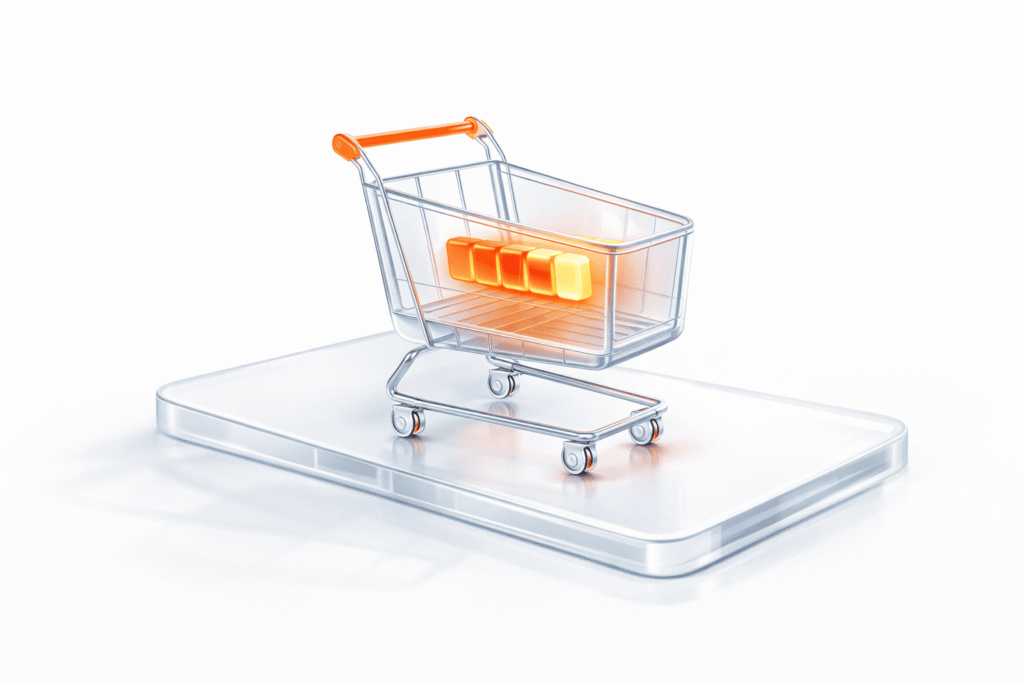When software systems slow down, fail under load, or require endless last-minute fixes, the problem often traces back to one thing: performance wasn’t part of the plan from the start. That’s what performance engineering solves. Unlike relying on testing to find and fix bottlenecks after development, implemented performance engineering builds efficiency, scalability, and stability directly into the system’s design and architecture.
This article breaks down how performance engineering works, its key phases, best practices, and long-term benefits. If you’re looking to build software that can handle real-world demands without constant troubleshooting, this is the guide you need.
What is Performance Engineering?
Performance engineering is a proactive, comprehensive approach to ensuring that software systems meet performance requirements throughout their entire lifecycle. Unlike performance testing, which typically comes late in the development process, performance engineering is integrated from the earliest stages of design and continues through deployment and maintenance. According to the performance engineering definition, the goal is to build software that not only works but consistently delivers optimal performance under real-world conditions.
At its core, performance engineering evaluates and optimizes how software interacts with infrastructure, databases, networks, and external systems, making it an essential part of understanding performance engineering basics. By analyzing each component and its behavior under varying conditions, teams can detect and resolve bottlenecks before they cause issues in production.
The Role of Performance Engineering in the Software Development Lifecycle
Software performance engineering embeds performance-related considerations into each phase of the development lifecycle:
Goals of Performance Engineering
The goals of performance engineering are to address potential issues and ensure long-term success with seamless user experiences. Key objectives of performance engineering concepts include:
Main Phases of the Performance Engineering Process
Performance engineering is built on a series of key phases, each addressing a specific aspect of optimizing and maintaining software performance.
1. Architecture Overview & Requirements Gathering
Laying the foundation for performance starts here. Teams define the system’s critical needs — response times, load capacity, and resource allocation — while identifying possible constraints. The goal is to set performance expectations for the design to meet.
Key steps:
With a clear plan in place, future development is smoother and more cost-effective.
2. Performance Modeling
Before full development, engineers simulate how the system might behave under varying conditions, such as traffic surges or slow database responses. They test assumptions, allowing for design adjustments early on.
Why it matters:
Performance modeling makes sure you’re not building on shaky ground.
3. Performance Profiling
Performance profiling uncovers hidden inefficiencies by analyzing how different components use resources like CPU, memory, and disk I/O. Instead of generalized fixes, it focuses on optimizing the specific areas that cause slowdowns.
Focus areas:
Profiling optimizes the system one component at a time for cumulative improvement.
4. Performance Testing
This phase stresses the system to test its limits and reveal vulnerabilities. Engineers simulate different user loads, extreme scenarios, and extended usage periods to see how well the system holds up. These are just a few examples of existing performance testing services.
Core tests include:
The results highlight areas that require immediate attention before release.
5. Analysis and Fine-Tuning
After testing, engineers dive into the data to identify performance bottlenecks and gaps. Targeted optimizations are applied — code rewrites, server adjustments, or improved caching.
Key optimization actions:
New iterations continuously enhance the system with each refinement.
6. Performance Monitoring
Once the system is live, performance monitoring helps it stay on track. Teams continuously track critical metrics such as response times, resource consumption, and error rates. With the metrics, it is possible to detect and fix issues before they impact users.
What monitoring focuses on:
Key Benefits of Performance Engineering
Every system needs fine-tuning to reach its full potential. Performance engineering gives the boost it needs — reduced risks, improved efficiency, and keeping things running smoothly, even under pressure. Here’s what organizations can achieve:
Performance Engineering Best Practices
Performance engineering is not easy to implement. However, there are proven best practices that your team can use to support immediate and long-term system performance better.
Integrate Performance Engineering in the Early Phases
Embedding performance considerations from the design phase prevents costly rework and ensures scalability is built in from the start. Early detection of bottlenecks and performance-friendly coding minimizes technical debt and future refactoring.
Consider the Future Directions of the System
Design systems that can scale as workloads and requirements evolve. Forecast scenarios like traffic spikes or feature updates and build flexibility into the architecture to maintain performance under changing conditions and scale without degradation.
Invest in the Right Tools
Choosing the right tools makes it easier to identify and resolve performance issues. They include:
Investing in automation tools also ensures continuous and consistent testing throughout the development cycle.
Continuous Performance Monitoring
Monitoring doesn’t stop at deployment. Many performance issues may only emerge after prolonged use or under specific conditions.
Setting up monitoring systems allows teams to take quick corrective action before performance degradation impacts users. Continuous monitoring also provides valuable insights for future development cycles.
Use Realistic Test Setups
Simulating real-world conditions during testing ensures that performance results reflect actual usage scenarios. This includes replicating user behavior, network conditions, and expected data volumes.
Key aspects of realistic test setups include:
By mimicking real usage scenarios, teams can better predict how the application will behave when deployed.
Optimize for Resource Efficiency
Efficient resource usage directly impacts both system performance and costs. Ensure optimal utilization with continuous evaluation of CPU, memory, disk I/O, and network usage.
These will help applications handle high loads while minimizing infrastructure costs.
Conduct Regular Load and Stress Tests
Even after initial performance validation, it’s essential to conduct regular load and stress tests, especially after updates or configuration changes. The tests help assess the system’s ability to handle increasing traffic and unexpected spikes.
Performance Engineering vs. Performance Testing
When comparing performance testing vs performance engineering, it is clear that they share the goal of ensuring optimal system performance. However, they differ significantly in scope, timing, and objectives. Below are the main distinctions:
Performance Engineering Team
A successful performance engineering process requires collaboration across multiple roles, each playing a vital part in optimizing system performance:
How PFLB Can Elevate Your Performance Testing Strategy
With years of experience in performance testing and tackling complex software challenges, PFLB helps businesses deliver reliable, scalable, and high-performing applications.
Tailored Solutions Backed by Real Expertise
We understand that every system has unique demands, so we design custom performance testing strategies suited to your infrastructure, user base, and business goals. Our team brings in-depth knowledge across industries, so you can be sure our solutions will have maximum impact.
Why Choose PFLB for Performance Testing
Comprehensive Testing: We design and execute a full range of tests to validate your application’s performance under real-world and extreme conditions.
Proven Methodologies: Our approach to performance is structured and iterative. Testing with PFLB consistently delivers results that go beyond meeting benchmarks and provide all the information you need.
Continuous Monitoring and Support: We help you stay ahead of issues with real-time monitoring and optimization.
AI-Powered Insights: Our AI-driven testing platform analyzes performance data in real-time. It uncovers bottlenecks faster and provides precise insights to optimize your system efficiently.
Final Thought
Performance engineering and performance testing work hand in hand — engineering optimizes systems by design, while testing validates that they can handle real-world demands. Neither should be treated as an afterthought. Systems that scale, stay resilient and deliver consistently require both practices working together. Performance isn’t just built once and for all — it’s refined, iterated, and continuously optimized. When that balance is struck, software becomes something users can trust, no matter the load or complexity.





